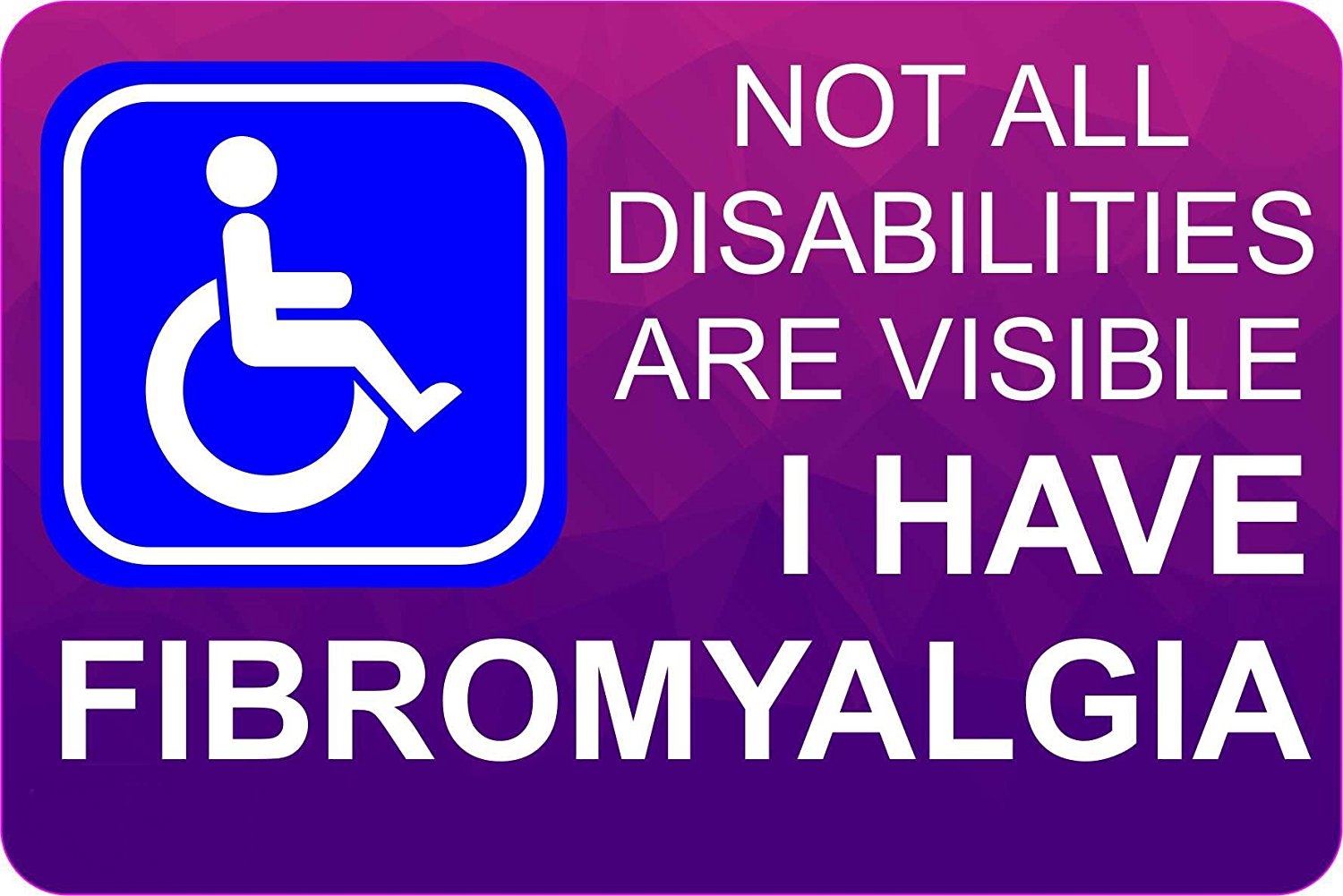Fibromyalgia patients often hear the words “You look so good. How can you be ill?” Or maybe the insensitive words “fibromyalgia is all in your head”. Ongoing and recent research; however, validates the reality of this invisible illness. This information allows individuals with fibromyalgia and other similar invisible illnesses to press on beyond doubt and find validation for their complex illnesses. Even more important, understanding recent research helps provide direction and identifies natural choices for healthy pain management with fibromyalgia.
What is inflammation?
Inflammation is part of the body’s healing process. Without inflammation, infections and wounds would not heal. But inflammation can also be potentially harmful. There are two types of inflammation, acute and chronic. Acute inflammation comes on suddenly from an injury or infection. It presents classic symptoms such as swelling, redness and pain.
Acute inflammation is momentary, lasting from a few days to a couple of weeks, depending on the origin of the inflammation. Chronic inflammation is long-term inflammation that lasts for months and years. It comes about slowly and sets the stage for chronic diseases. Heart disease, autoimmune diseases, neurological diseases, diabetes, cancer, Alzheimer’s, arthritis and many other conditions are linked to chronic inflammation.
Fibromyalgia and neuroinflammation
Inflammation has become an increasingly important topic in fibromyalgia. It’s clear that “central sensitization” – an increase in pain sensitivity engineered by the central nervous system is present in fibromyalgia (and other chronic pain disorders). Pro-inflammatory nerve factors are produced by an inflammatory process, those nerve factors send the pain-producing nerves into a tizzy and could be the cause of that central sensitization.
Neuroinflammation then is a major possibility in FM, but measuring it hasn’t been easy. Only recently have brain imaging techniques been developed that might be able to measure the neuroinflammation that’s present in FM. This study tried to get at the question of neuroinflammation in a different way. In recent times there has been increased interest in the various cells of the brain that play a role in inflammation and hypersensitivity.
Fibromyalgia Disability Car bumper sticker: Lets put this sticker on your car and spread the fibromyalgia awareness. As many people out there don’t consider our illness as being disable, because they don’t know it. – Click Here to get Yours Fibromyalgia Disability Sticker for you Car
Click Here to visit the store for More Products
One such cell that is known to play a central role in the inflammatory responses in the brain is microglia. The brain has quite a dense population of them. But before we look more into the role of microglia in brain inflammation and hyper-reaction, let us understand more about inflammation and relation between brain and peripheral inflammatory diseases. After all, FM is commonly initiated by a health condition that affects peripheral organs.
Mechanism of inflammation
Inflammation is a defensive mechanism. Once the body faces any infective agent or local trauma, it is recognized and practically eaten up (infective agent, debris, other foreign material) by the cells called macrophages. Macrophages also play a central role in initiating an immune response, and they do it by secreting cytokines and chemokines.
Chemokines are the messengers that attract other types of defensive cells to the area, while cytokines are more complex messengers that send the information about the stress and attack to various cells and parts of the body. Soon after the initial inflammatory reaction, sickness ensues, resulting in elevated body temperature, pain, and loss of interest in everything around.
It is a time when our brain centers come into action. It is the specific centers in the brain that elevate the body temperature so that to control the microbial growth (increase in body temperature is regulated defensive mechanism). Our brain tries to conserve energy by forcing us to take rest, reduce social interaction, physical activities.
We know that irrespective of the location of the inflammatory response, the brain plays a central role in controlling various responses. It raises the question about the mechanism underlying the information exchange between the point of inflammation (which may often be far away from the brain) and brain. That happens in two ways, firstly, through the messengers called cytokines, and secondly, through the inputs from the nerves
Treatment to lower neuroinflammation
We already have some proofs that treatments that specially lower inflammation levels in the brain can decrease fibromyalgia symptoms. Many of what we think of as anti-inflammatory medications (like ibuprofen or other non-steroidal anti-inflammatories) doesn’t work well on brain inflammation, but there are some treatments that do. Low-dose naltrexone (LDN) is the most efficient, which is a medication but mainly prescribed by alternative medicine providers, as most western medicine doctors are not well-known to its use for pain.
An opiate-blocking medication is known as Naltrexone that is prescribed in higher doses (50mg) to treat opiate and alcohol dependence. LDN lowers inflammation in the central nervous system when consumed at very low doses (1–5mg dosage range).
There are specific receptors on the immune cells in the brain called glial cells, LDN acts on them and tells them to go back into hibernation and stop releasing inflammatory chemicals. In two studies done at Stanford University LDN was shown to appreciably reduce fibromyalgia pain, and also lessened pain hypersensivity.
Herbal treatment to treat inflammation
Turmeric: For hundreds of years this yellow spice has been used as an anti-inflammatory in ayurvedic medicine. The active constituent is a chemical called curcumin, which research has shown to have anti-inflammatory effects in the brain.
Green tea: A chemical called EGCG (-)-epigallocatechin-3-gallate is shown to be “strongly defensive against inflammation, oxidative damage, and cell death” in the brain. It is extracted from green tea.
Cruciferous vegetables: Sulforaphane is an extract from broccoli and it protects against brain inflammation and decreases injury to neurons.
Click Here to get this
Click Here to visit the store for more products
References:
- Inflammation In Fibromyalgia May Be Invisible, But It’s There via Fibro Daze
- Fibromyalgia Neuroinflammation Study May Highlight Key Factor in Chronic Pain by Cort Johnson via Health Rising

